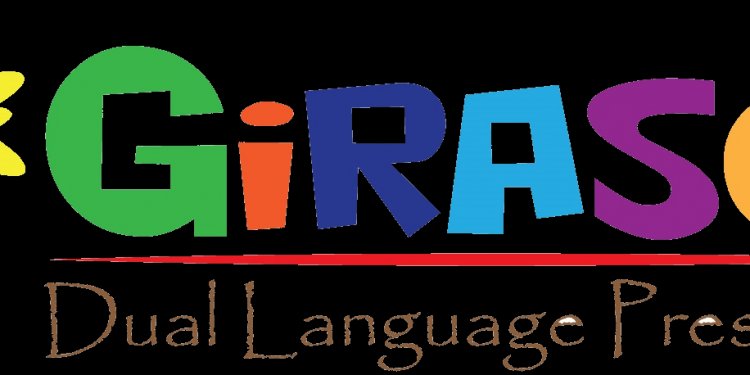
Proper Spanish Grammar
 Understanding Spanish grammar is an essential part of learning the language. With so many grammar rules, however, this can be difficult for beginners. Here, Carmichael, CA Spanish tutor Joan B. shares some simple shortcuts to help you learn Spanish grammar…
Understanding Spanish grammar is an essential part of learning the language. With so many grammar rules, however, this can be difficult for beginners. Here, Carmichael, CA Spanish tutor Joan B. shares some simple shortcuts to help you learn Spanish grammar…
Having trouble with Spanish verbs, demonstratives, and commands? Once you have a good foundation in grammar, you’ll be able to express yourself freely in Spanish. It might be frustrating at first to learn all the concepts, but don’t get discouraged. Here are four shortcuts to help you learn Spanish grammar.
1. Ser vs. Estar
Many English speakers struggle with the Spanish verb “to be.” In Spanish, different situations call for different versions of the verb. To remember when to use ser vs. estar, use the acronym TODO LOCO.
TODO refers to ser, and will help you remember when to use this from of the verb:
- Traits: Ella es inteligente
- Occupation: soy doctora
- Date and time: es la una y media
- Origin: El es de Perú
LOCO helps you remember when to use estar:
LOcation: Estoy en la tienda
COndition: Ellos están felices
2. Verb Endings
Verbs are essential in any language, but the different conjugations can be confusing when you’re learning Spanish. This trick will help you learn to conjugate Spanish verbs in the present tense.
Once you memorize the endings for any -ar verb, you can apply the same endings to any verbs ending in –er and -ir by substituting the “a” for an “e.”
Here’s an example of the conjugations for the verb hablar:
- Yo hablo (ending: “o”)
- Tú hablas (ending: “as”)
- El/ella/Ud. habla (ending: “a”)
- Nosotros hablamos (ending: “amos”)
- Vosotros habláis (ending: “áis”)
- Ellos/Uds. hablan (ending: “an”)
Once you know these endings, you can figure out the conjugation for any regular –er or –ir verb by substituting the “a” for an “e” or “i.”
For example, here’s how to conjugate comer:
- Yo como (ending: “o”)
- Tú comes (ending: “es”)
- El/ella/Ud. come (ending: “e”)
- Nosotros comemos (ending: “emos”)
- Vosotros coméis (ending: “éis”)
- Ellos/Uds. comen (ending: “en”)
 Finally, here’s how to conjugate vivir:
Finally, here’s how to conjugate vivir:
- Yo vivo (ending: “o”)
- Tú vives (ending: “es”
- El/ella/Ud. vive (ending: “e”)
- Nosotros vivimos (ending: “imos”)
- Vosotros vivís (ending:
- Ellos/Uds. viven
3. Demonstratives
English demonstratives are words like this, these, that, and those. Spanish demonstratives include este, estos, esta, estas, ese, esos, esa and esas. Since Spanish demonstratives only vary by a letter, it can be hard to remember which one to use. One way to differentiate between the various demonstrative adjectives and pronouns, is to simply remember that this and these (este, estos, and esta, estas) are the ones with a “t!”
4. Commands
- Affirmative: attach pronoun – “escríbelo”
- Negative: don’t attach pronoun – “No lo escribas!”
Language shortcuts can help you learn Spanish grammar. These four shortcuts will come in handy on a Spanish test or in a conversation with a Spanish speaker. Continue to challenge yourself to learn grammar, it will elevate your Spanish comprehension, fluency, and communication skills. Using proper grammar also conveys respect for the language and Spanish speakers.
Joan B. lives in Carmichael, CA and has been teaching high school Spanish for more than 18 years. A lover of language, she’s studied French, Arabic, and Italian and spent time living in Spain. Joan aims to help students improve on tests and increase their conversational ability when traveling to Spanish-speaking countries. Learn more about Joan here!

















